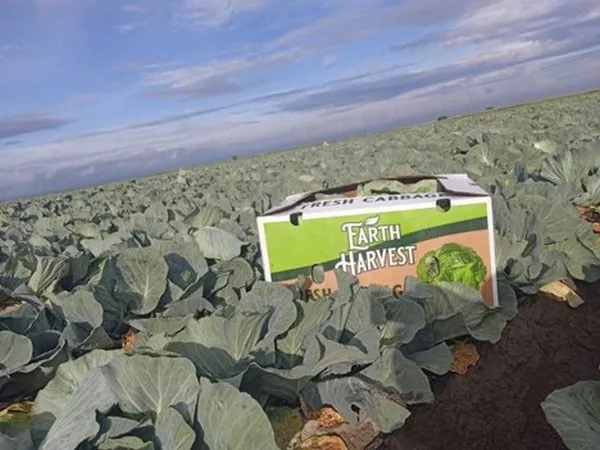A major arctic blast drops temperatures in the US to dangerous levels, impacting more than half of the US population this Christmas weekend. In Texas, usually a warm state, growers and shippers are getting ready for a storm that they hope won’t be like the one the state saw in February of 2021.
“We’re watching the weather but the temperatures seem to be going up from what was originally expected,” says Tony Martinez of Primo Trading Services LLC in McAllen, Texas at press time. He notes that the temperatures for the Rio Grande Valley are showing a high of 29ºF – a better temperature than the 24ºF (-4ºC) that was predicted earlier in the week. “We’re still going to see a windchill of low 20s and into the teens so realistically the question will be: how long will it be below freezing? How many hours?”
Two of the crops in the ground in Texas right now are cabbage and onions. Cabbage is currently being harvested while onions won’t be ready until March/April of 2023. “So right now all you can do is water and spray as a preventative measure,” Martinez says. “There is not a fan big enough to cover hundreds of acres or bags to put over the vine. So this is all you can do.”
 Martinez says it's been watering and spraying cabbage and other crops for about a week in anticipation of this storm.
Martinez says it's been watering and spraying cabbage and other crops for about a week in anticipation of this storm.
Week-long preparation
In fact, spraying and water has already been going on for a week, particularly because this is anticipated to be a “drier” storm. “The difference between the 2021 storm and this one is that it’s coming in dry. There’s no water behind it. The 2020 freeze had water–the highways were closed because of ice and snow. This one coming in dry might help but it just really depends.”
What may be at a bigger risk are leafy herb crops such as cilantro and parsley, though those can quickly be replanted and have a short growth cycle. However there may also be eyes on a crop that did get hit by the 2021 storm: Texas citrus.
 For more information:
For more information:
Tony Martinez
Primo Trading Services LLC
Tel: +1 (956) 800-4343
tony.martinez@primotradingservices.com
https://www.primotradingservices.com/
